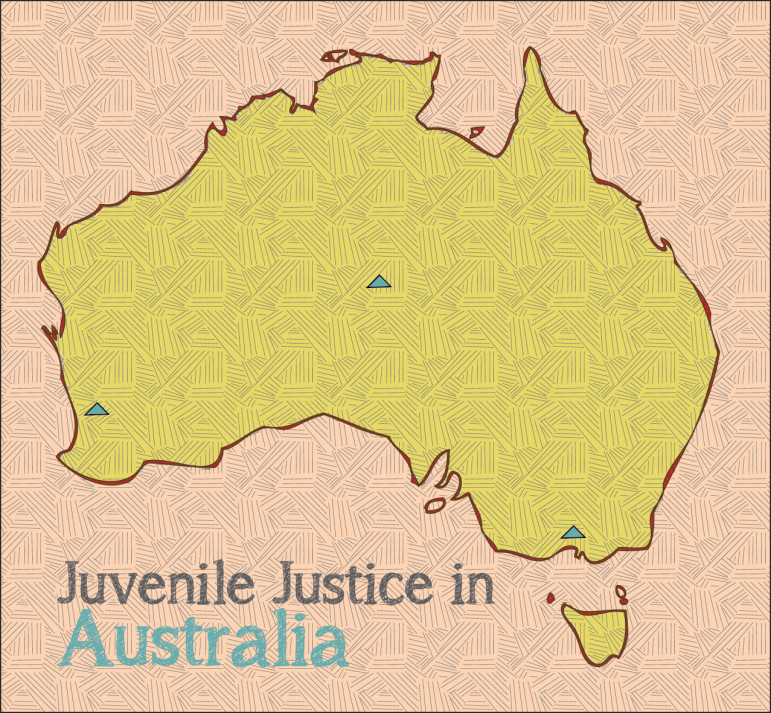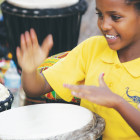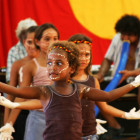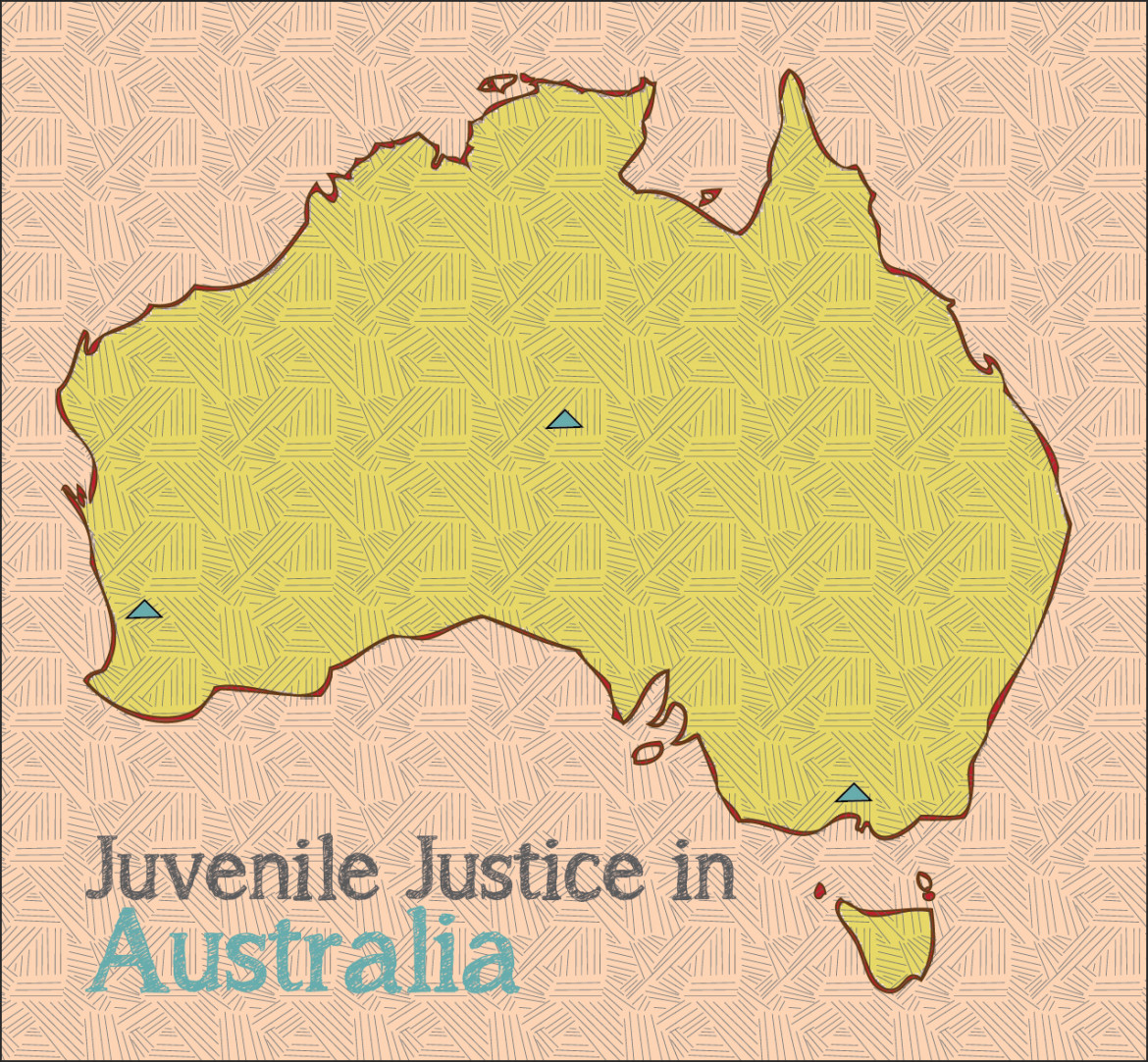
JJIE has reported on juvenile justice from across the United States, filing stories from big cities, small rural communities and all points in between. Of course, much can be learned from exploring the juvenile justice systems of those outside the United States. In that spirit, JJIE presents a series of stories from Australia examining that nation's approaches to juvenile justice and to the difficult universal issues of youth disaffection, violence, drugs and poverty.
DRUMBEAT Program Provides a Safe Space for Rhythmic Reflection

Photo courtesy DRUMBEAT
Cindy Mathers found herself at a loss. Tasked with engaging a group of young teenage boys identified as at-risk of transitioning poorly to secondary school, the community health nurse, who works with aboriginal communities in West Gippsland, Australia, was worried that conventional talk-based techniques would fall short with the boisterous boys. DRUMBEAT, a group program that uses hand drumming to create a fun, safe space for social learning and self-reflection, provided her with a solution.
Island Sands to City Crimes: Pacific Island Youth in Crisis

Shani Ren Williams / JJIE
At 17, Duncan Jackson* was sent from Fiji to Melbourne to live with his “uncle,” a man he had never met. Within 12 months, Jackson had been fired from three jobs, and was smoking and selling methamphetamine. The drug dealing led to a suspended three-year jail sentence. How did the promise of hope and prosperity turn into a story of despair?
The Rise and Rise of Child Crime

Daniel McCulloch
Parkville Youth Justice Precinct in Melbourne, Australia.
There’s no way to tell him apart from any other young guy crammed into the fast-food restaurant. In a high-visibility work jacket, he blends into the sea of yellow and orange. His name is Peter, he is 20 years old, and he was recently released from Malmsbury Youth Justice Centre.
Young, Indigenous and Imprisoned, Australia’s National Disgrace

Mark Roy / Flickr
Mulgana Mia dancers, Carnarvon civic center.
It has been 22 years since a major report by the government here found a shockingly high death rate for indigenous people locked up in Australia’s prisons and jails. The Aboriginal Deaths in Custody report detailed myriad problems in the relationship between indigenous people and the criminal justice system here. Twenty years later, in 2011, another report, Doing Time -- Time for Doing showed not only that little had improved, but that some issues, particularly those involving young indigenous people and crime, had grown even worse.
When Babysitting Joins Forces With Zero Tolerance

Savannah Thatcher / JJIE
Northam High School in Northam, Australia.
Sometimes on a Friday night, when there’s nothing better to do and the streets are quiet, indigenous kids in this town 100km (some 60 miles) north-east of Perth, Western Australia, might hang out at the local police station. They’re often not there by choice, but they don’t really mind sticking around either.
